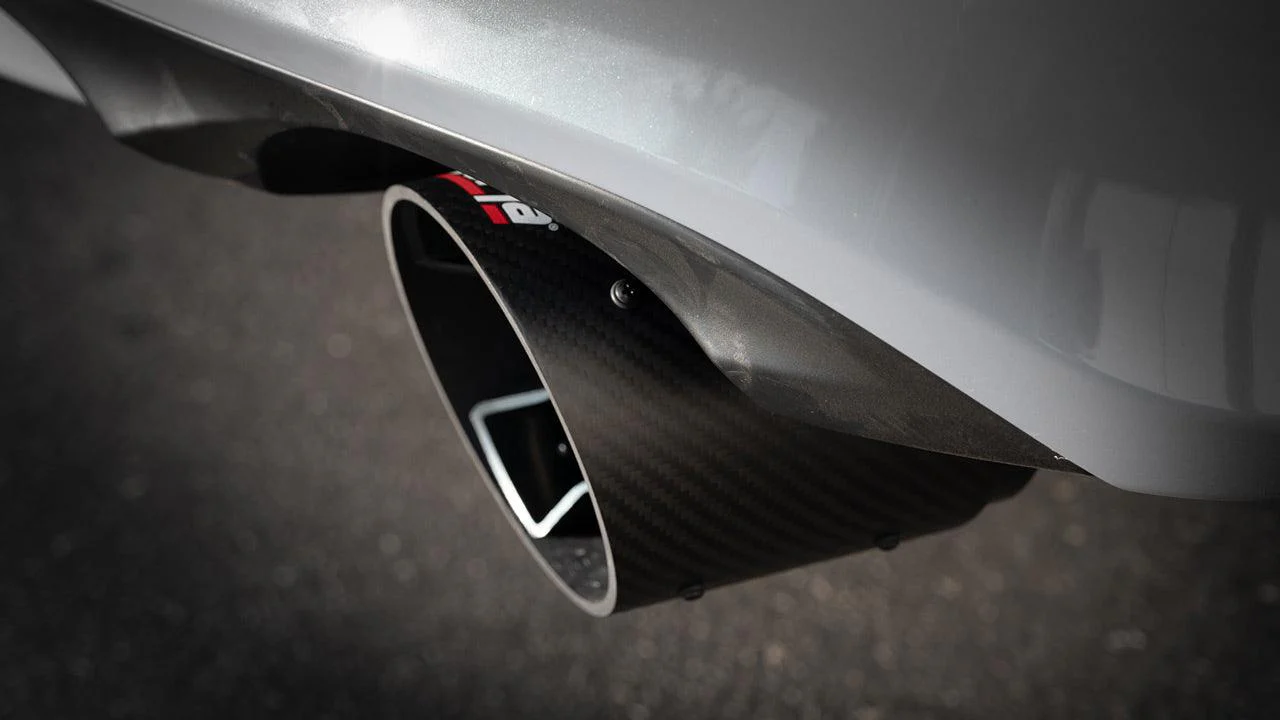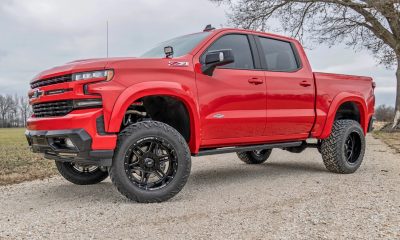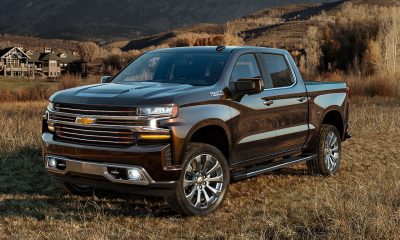Automotive
Decoding Motorcycle Batteries: A Comprehensive Guide to Types, Specs, and Codes for Every Rider
For most motorcycle, scooter, and quad bike owners, there’s no question about the importance of their battery. Not every bike needs a battery to trigger its ignition, but it’s an essential product accessory for any vehicle that’s equipped with safety, or road-legal components like head and tail lamps, blinkers, or number plate lights.
Not all batteries are the same, though; and the size, model, and type of engine your bike has are all contributors to the type of battery you need. And because there’s no failproof way to predict when you might experience battery problems, there’s a benefit to knowing some things about your battery in case it decides to leave you high and dry.
Motorcycle Battery Basics Make a Big Difference

No matter if you prefer the inner city convenience of an Xmax scooter, the open road relaxation of a full-dressed Gold Wing, or the off-road thrill of a TGB, it’s important to know exactly which type of battery for motorcycle, scooter, or quad your bike is equipped with, and to only buy replacement batteries whose specs match the ones laid out by the manufacturer. Voltages, output ratings, and even terminal positions can vary dramatically between bike batteries, and installing an incorrectly rated or improper-fitting battery can create a host of problems, including damaging your bike’s electrical and charging systems.
Make no mistake: because of the very specific design of motorcycle charging systems and accessories, it’s always best to consult your owner’s manual before replacing a battery. However, when you’re on the road and the manual isn’t available, knowing what kind of battery your bike has, what its specs are, and having a basic understanding of major motorbike battery codes can end up saving you a great deal of costly difficulty.
Recognizing the Difference Between Battery Types
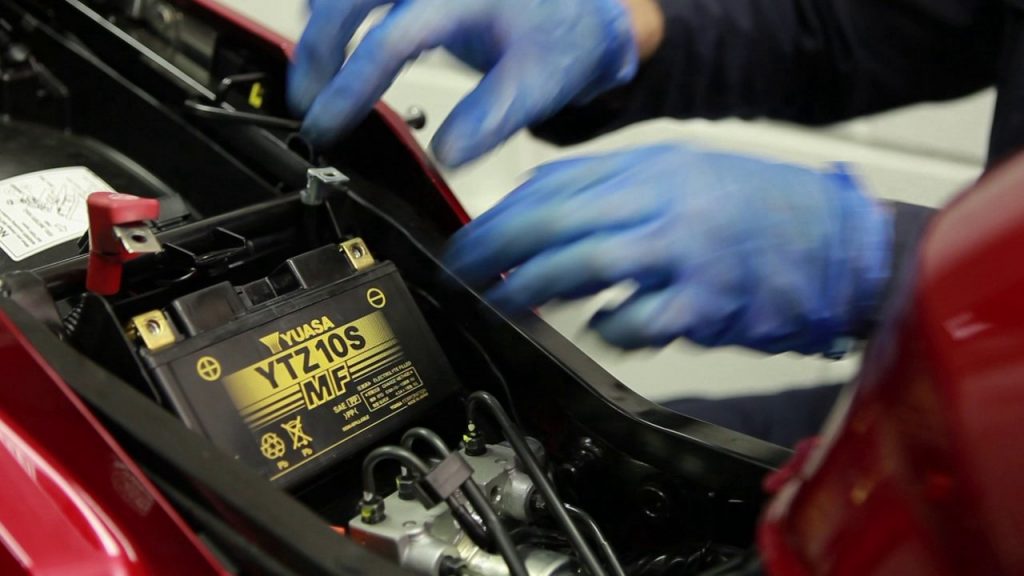
In Australia, 6V and 12V cells make up the overwhelming majority of motorcycle batteries for sale, and they generally fall within 3 types.
- Flooded lead-acid batteries. While these classic wet-cell motorbike batteries are the most affordable and commonly installed, they also have the shortest lifespan, require the most maintenance, and are prone to emitting either corrosive or poisonous gases, especially during recharging.
- Absorbed Glass Mat (AGM) batteries. Maintenance-free, leak-proof AGM motorcycle batteries cost more than their lead-acid counterparts, but recharge faster, discharge slower, and have greater vibration and extreme temperature resistance.
- Lithium-ion phosphate (LiFePO4) batteries. In addition to being the lightest and longest lasting motorbike batteries for sale, LiFePO4s also have the fastest charging and slowest discharging rates, giving them a charge efficiency that’s nearly double that of lead-acid batteries.
Although they lack the lightweight, faster-charging convenience of AGM and LiFePO4 cells, lead-acid batteries are still the standard battery offering in Australia for all but the highest-performing, or most specialized bikes. That’s why if you’re considering replacing your lead-acid battery with another battery type, especially a LiFePO4, you need to keep in mind that your charging system may not be able to support it, and confirm its compatibility with your owner’s manual.
Battery Power Output Measurements That Matter
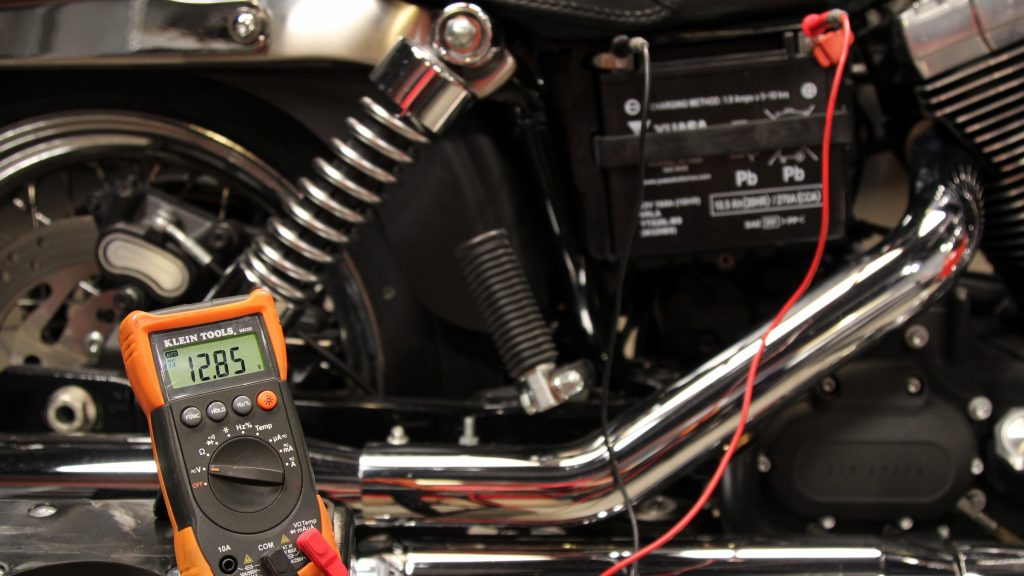
Amperage is arguably the most important measurement of a motorcycle battery’s capacity. And while a bike’s amperage rating requirement can vary a modest 5 – 6 amps for a dual sport KLX, to a whopping 30 amps for a full-powered Electra Glide tourer, there are 3 major measurement standards that bike owners need to be mindful of when it comes to their batteries.
- Amp-hours (Ah). Ah rates the number of hours that a battery can produce a constant 1 amp current.
- Cold-cranking amps (CCA). CCA measures the number of continuous amps that a battery can produce for 30 seconds while maintaining at least 7.2V at a temperature of 0°F (-18°C).
- Reserve capacity (RC). RC is the length of time that a fully charged 12V battery can run before dropping below 10.5V.
Crucially, owners need to be aware that bigger isn’t always better where batteries are concerned, either in physical size or amperage. An oversized motorcycle battery can be dangerously difficult to secure, and one with a higher amperage than your bike is rated for can ruin your electrical system, so it’s important to know precisely what your bike is capable of supporting.
Don’t Get Lost in Motorcycle Battery Codes
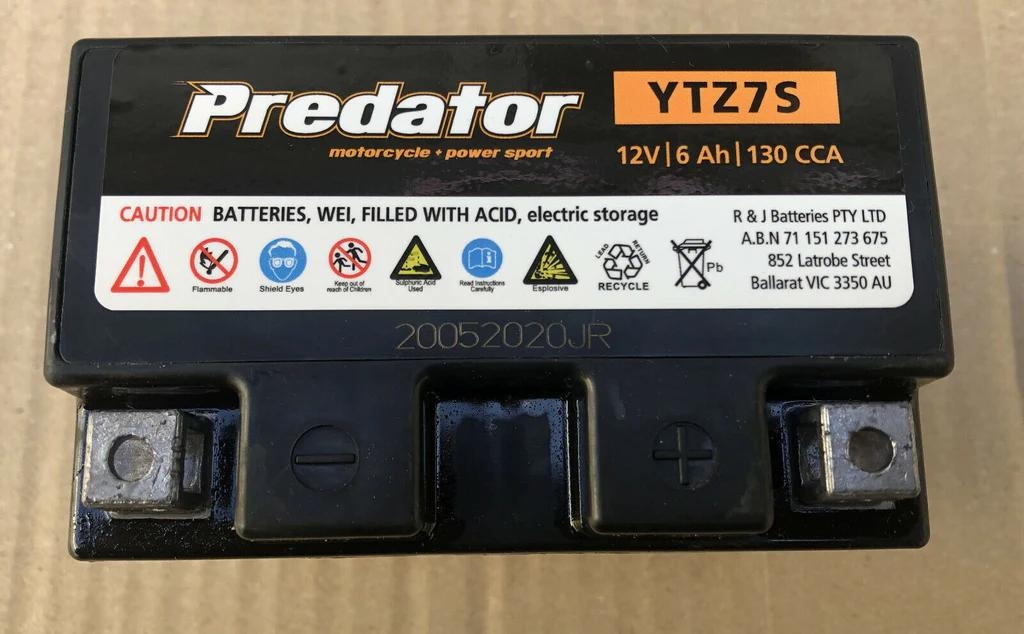
Let’s be honest: motorbike battery coding and nomenclature can be confusing. These alphanumeric codes are designed to correspond to precise bike specifications, and reflect a range of technical parameters that not only vary from manufacturer to manufacturer, but can even vary between battery types from the same manufacturer.
When you’re shopping for motorcycle batteries online, you’ll typically find codes that indicate:
- The manufacturer’s internal reference, and voltage rating;
- Battery performance type (lead-acid, AGM, or LiFePO4);
- Battery performance indicator (battery power / Ah amperage rating);
- Battery polarity (Left or right negative terminal position); and,
- Terminal type.
In spite of their completeness though, the fact is, unless the battery code you’re looking at is an exact match to the code on your bike’s factory-installed battery, there’s always a possibility that the battery you choose won’t be correct. And if you’re looking to switch from one battery type to another, attempting to correlate the coding between battery types can be doubly confusing.
In an emergency, being able to recognize your battery’s Ah and CCA will at least allow you to safely get to a location where you can correctly verify which battery is right for your bike. Persisting in riding with an incorrect battery can lead to an array of charging and power managment headaches, so you’ll want to make verifying, and buying the correct one a priority.
The Final Word

At the end of the day, knowing your bike’s battery specs is the best way to avoid installing an incorrect battery. A battery problem can occur at any time, even to the best maintained battery, and knowing precisely which type of replacement battery for motorcycle, scooter, or quad you need is the key to staying safe as well as protecting your bike.
Writing for the blog since 2012, Chris simply loves the idea of providing people with useful info on business, technology, vehicles, industry, sports and travel – all subjects of his interest. Even though he sounds like quite the butch, he’d watch a chick flick occasionally if it makes the wife happy, and he’s a fan of skincare routines though you’d never have him admit that unless you compliment his impeccable skin complexion.



